- Name: NIPS – Neutron-Induced Prompt Gamma-ray Spectroscopy
- Technique: Objects in the beam produce prompt gamma radiation, which appears as spectrum lines being characteristic for elemental and isotopic composition
- Range of investigated features: bulk elemental and isotopic composition
- Penetration depth: mm’s – cm’s
- Typical size of sample: mm’s – cm’s
- Measurable materials: Natural, cultural heritage and engineered objects
- Contact: nips@bnc.hu
- Poster of the instrument
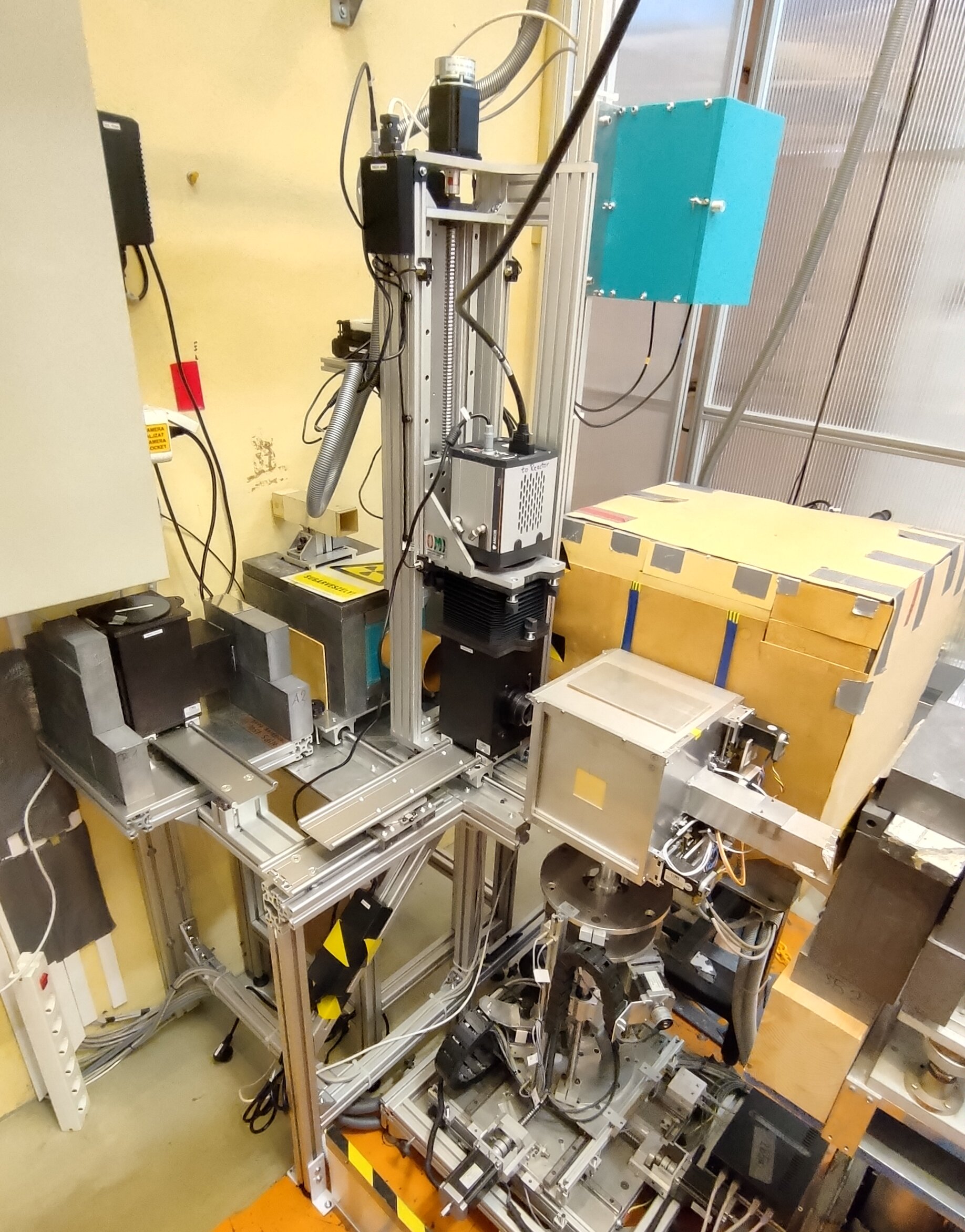
When a nucleus captures a neutron, the binding energy of the neutron is promptly emitted in the form of gamma radiation. The energies of the gamma photons are specific to the nucleus, while their numbers are proportional to the quantity of that nuclide. The NIPS station is one of the complementary parts of the NIPS-NORMA facility. It has been designed for large-sample prompt gamma activation analysis (PGAA) and position-resolved element analysis with Prompt-Gamma Activation Imaging (PGAI), with or without the neutron imaging part, NORMA (Fig. 1). Objects are positioned in a sample chamber, where the beam’s size can continuously be adjusted up to its maximum of 40×40 mm2, and the samples can be positioned in the beam. The detection of the emerging gamma rays for the routine prompt gamma measurements relies on an HPGe detector equipped with a BGO Compton suppressor. The detector assembly is surrounded by a passive shielding made of lead bricks. This operational method decreases effectively the basis level of the spectra’s count rate (Fig. 2). The fine-tuned system provides best-in-class signal-to-noise ratio and optimal peak shapes, which greatly facilitates the evaluation of the complex gamma-ray spectra with the dedicated spectroscopy programs. The many peaks in the spectra (up to even several hundreds) act as fingerprints for the elements when determining the chemical composition characteristic for the irradiated volume. Detection limits cover a wide range from the µg/g to g/g levels depending strongly on both the nuclear parameters of the compositional elements (e.g., cross section of the (n,g) reaction) and the irradiation time (Fig. 3). The most sensitive elements are the rare earths, boron and cadmium. Sensitivity to hydrogen is a unique feature of the method.
The NIPS facility is located near the end position of neutron guide No. 10/1 as a complementary part of the NIPS-NORMA facility. It is used for non-destructive elemental analysis of samples by detecting neutron-capture prompt gamma rays.
The neutrons are guided from the cold neutron source of the Budapest Research Reactor to the experimental positions by a neutron guide, which is slightly curved to decrease the background coming from the reactor core. Before the main beam enters the experimental area, it is divided into two sub-beams (upper and lower) by suitable beam limiters, and the lower beam serves the NIPS-NORMA facility. The neutron guide features 2Qc supermirror guides that improved the thermal-equivalent neutron flux at the NIPS sample positions to 2.7×107 cm–2 s–1. The beam can be collimated to a maximum cross-section of 4×4 cm2. The intensity of the incoming neutrons is monitored and recorded with an ORDELA Model 4511 N neutron detector throughout the whole reactor campaign.
The beam arrives through a flight tube of 45×45 mm2 cross-section into a sample chamber with dimensions of 200×200×200 mm3 for imaging and position-sensitive applications. The frame of the chamber is made of AlMgSi alloy and lined from inside with 6Li-enriched polymer. By removing one or more side panels, larger objects (or at least parts of those) of up to 5 kg weight could also be imaged (such as a sword, vase, stone, etc.). Samples can be loaded manually from the top or placed onto an XYZω motorized sample stage with a travel distance of 200 mm and a guaranteed precision of 15 μm. The sample stage is introduced to the sample chamber from the bottom.
The experimental area is a 3×6.5 m2 room at the rear end of the guide hall (Fig. 4). The neutrons enter the cabin and fly along a long aluminum flight tube across the experimental area, to the beam stop placed at the wall of the guide hall. A pneumatically actuated instrument shutter is used to control the entry of the neutron beam into the cabin while two computer-controlled secondary shutters are in place to allow independent operation of the PGAA and NIPS-NORMA facilities.
An n-type coaxial HPGe detector (Canberra GR 2318/S) equipped with a Scionix BGO Compton suppressor is used for the routine prompt gamma measurements. This latter can accommodate HPGe detectors with larger crystals (up to end cap diameter of 76 mm). The passive shielding is made of standard lead bricks with a thickness of 10 cm for each direction. A changeable gamma collimator system is available for PGAI measurements consisting of three different lead collimators with an opening of 30 mm in diameter, a 2×20 mm2 slit, and a 5×5 mm2, respectively. The gamma detector systems are regularly calibrated for counting efficiency and non-linearity. This procedure results in a precision of about 0.5% for the relative efficiency curve, 1% for the absolute efficiency curve, and a precision of 0.005-0.1 keV for the energy determination of peaks. The complex gamma-ray spectra are evaluated with advanced spectroscopy program, Hyperlab. Optionally, a Low-energy Germanium detector (LEGe) can be installed within the BGO for high-resolution measurement of a few hundred keV gammas, best applicable to the analysis of metals.
A state-of-the-art digital gamma spectrometer (Ortec DSPEC 502A) collects the counts in 64k histogram channels. Alternatively, a four-channel, all-digital XIA Pixie4 or a CAEN N6730 digitizer can also be used for list-mode nuclear physics measurements. A user-friendly control program is available for manual, semi-automatic, and unattended automatic batch measurements. It controls the beam shutters, slits, the motorized sample stage, and the gamma acquisition.
The main parameters of the NIPS system are collected in Table 1.
| Beam tube: | guide No. 10/1, end position |
| Distance from guide end: | 2.6 m |
| Beam cross-section for PGAA/PGAI: | continuously adjustable rectangular slit |
| Beam cross-section for imaging: | up to 40×40 mm2 |
| Thermal-equivalent flux at target: | 2.7×107 n cm-2s-1 |
| Vacuum in target chamber: | Not available |
| Form of target at room temperature: | Solid, powder, liquid; gas in a pressurized container |
| Target packing at atmospheric pressure: | sealed FEP Teflon bag or vial |
| Sample chamber dimensions: | 20×20×20 cm3 |
| Distance from target to detector window: | 280 mm |
| Gamma-ray detector | n-type coax. HPGe, with BGO shield |
| HPGe window: | Al, 0.5 mm |
| Relative efficiency: | 23% at 1332 keV (60Co) |
| FWHM: | 1.9 keV at 1332 keV (60Co) |
| Compton-suppression factor | about 3.5 (1332 keV) to 30 (7000 keV) |
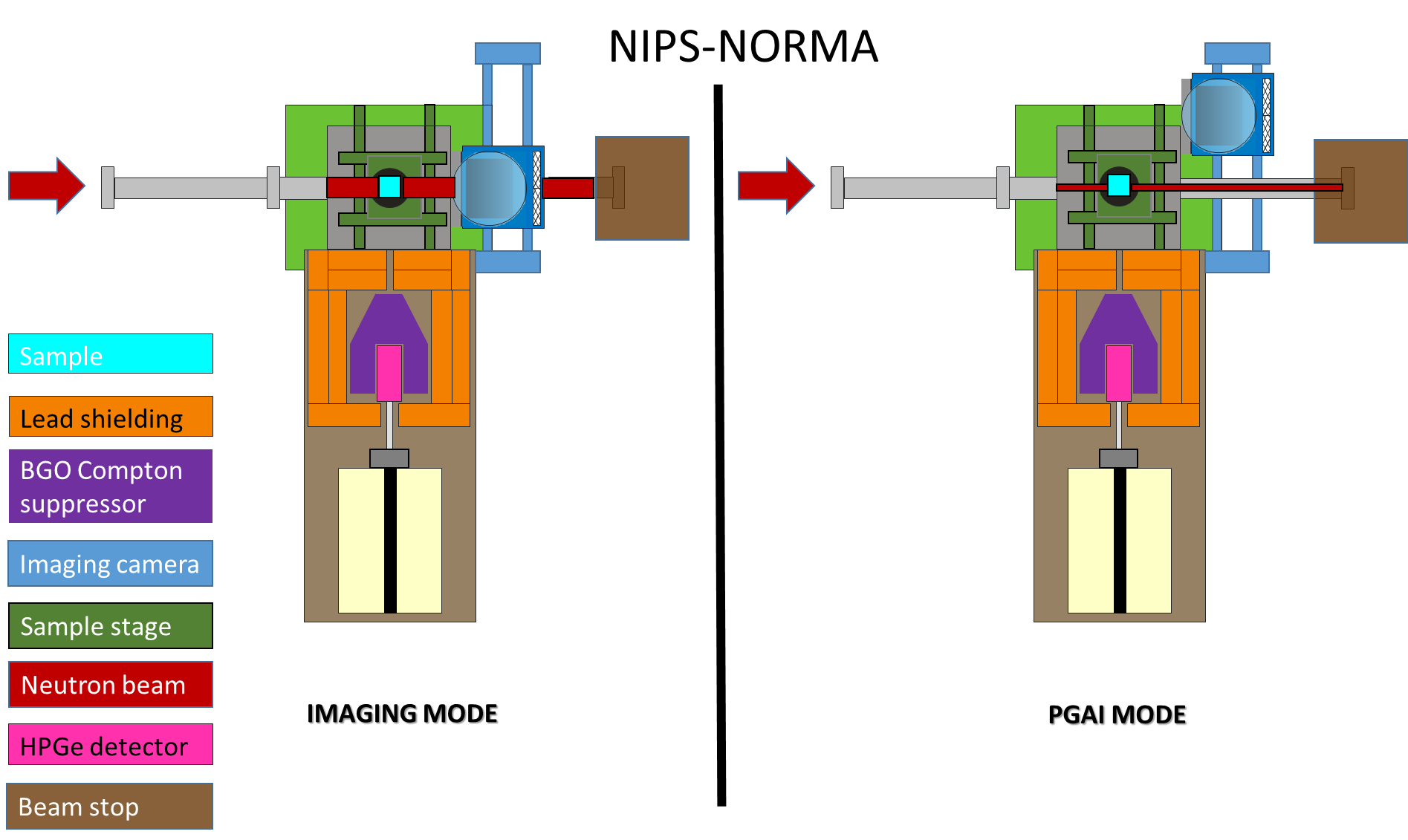
Fig 1. Operation modes of the NIPS-NORMA station
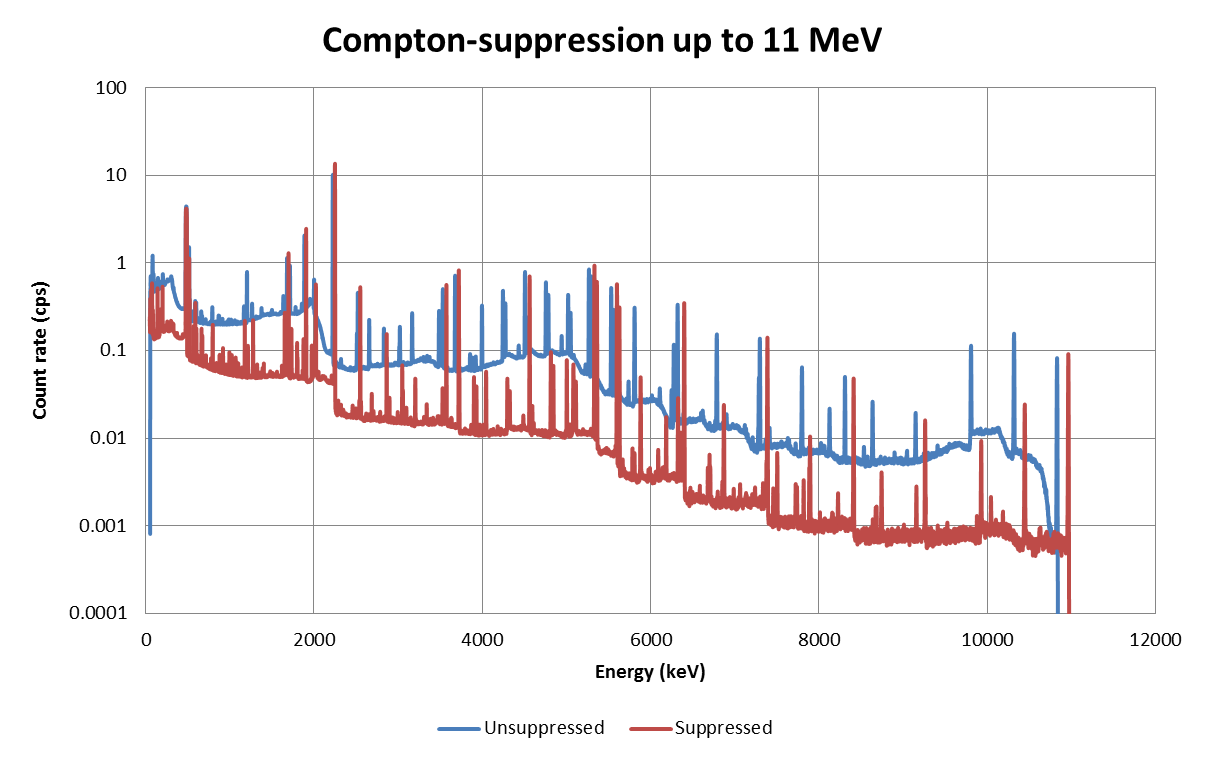
Fig. 2. The effect of Compton suppression
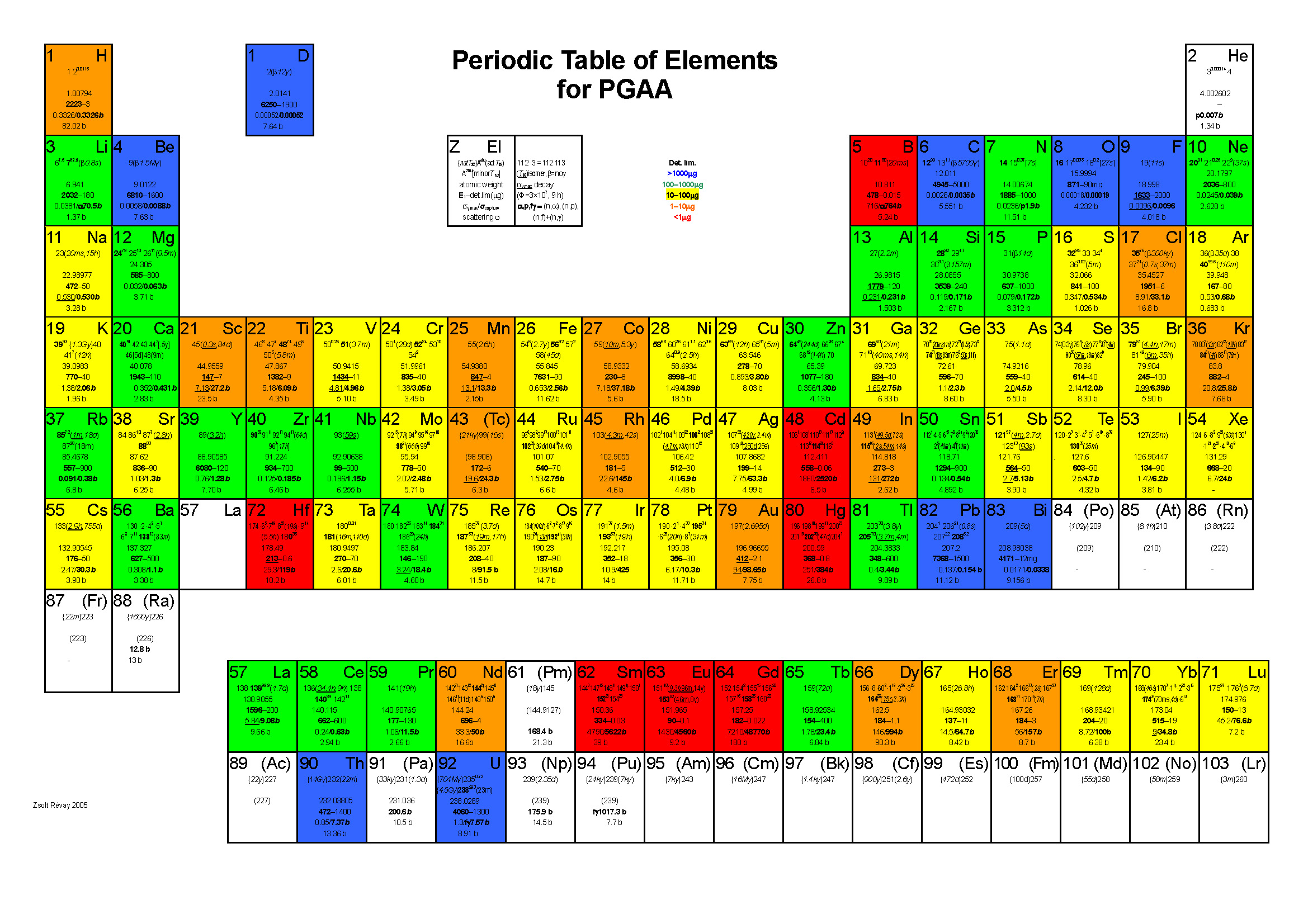
Fig. 3. Overview of the detection limits
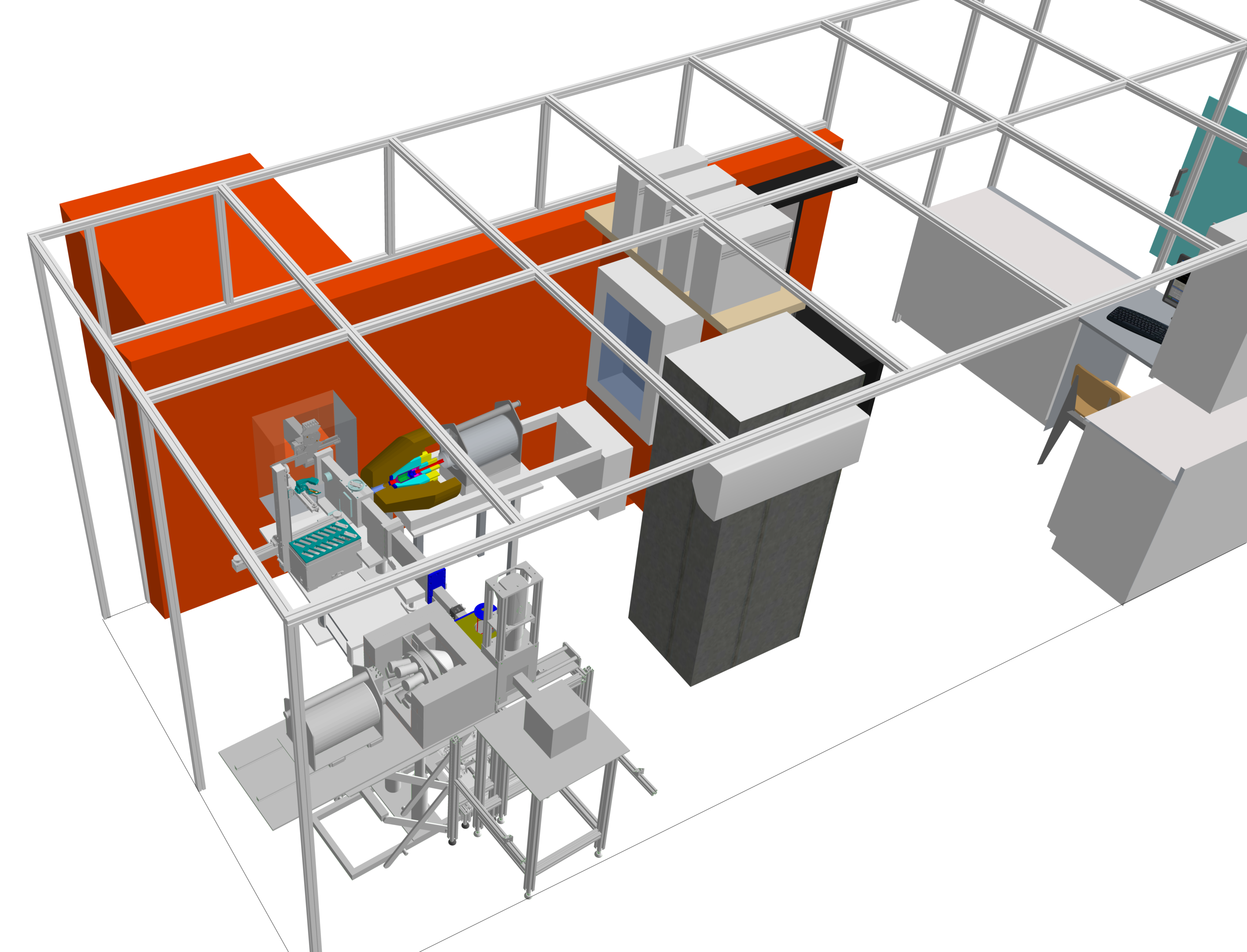
Fig. 4. Overview of the NIPS-NORMA cabin
Articles about the instrument in more detail:
Szentmiklósi, L., Kis, Z., Belgya, T. et al. On the design and installation of a Compton–suppressed HPGe spectrometer at the Budapest neutron-induced prompt gamma spectroscopy (NIPS) facility. J Radioanal Nucl Chem 298, 1605–1611 (2013). https://doi.org/10.1007/s10967-013-2555-2
Szentmiklósi, L., Révay, Z., Östör, J. et al. Improved analytical workflow for prompt gamma activation analysis. J Radioanal Nucl Chem (2023). https://doi.org/10.1007/s10967-023-09071-4